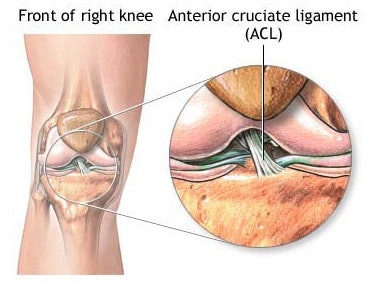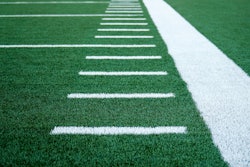A new study appearing in this month's issue of the British Journal of Sports Medicine adds to the growing body of research noting differences in injury rates and severity of ACL injuries among males and females. This particular study, involving researchers from Washington University School of Medicine and the Santa Monica (Calif.) Orthopaedic and Sports Medicine Research Foundation, found that male soccer players are more likely to sustain ACL injuries in their dominant kicking legs, while females are more likely to suffer ACL injuries in their supporting legs.
As with past research, these findings confirm that female athletes are far more susceptible to ACL injury. In fact, females are as much as six times more likely to tear their ACLs, and every year one out of every 10 women participating in intercollegiate athletics (and one in 100 female high school athletes) suffers an ACL injury.
The BJSM study looked at ACL injuries in dominant versus supporting legs among 93 athletes: 41 male and 52 female. The participants were a mix of professional, college, high school and youth soccer players who had undergone surgery for a complete ACL tear.  ACL.jpg
ACL.jpg
Future research, according to the study's authors, may determine why female athletes are more prone to sustaining ACL injuries on their supporting leg. Such injuries most commonly occur when an athlete is landing, stopping or changing direction abruptly. During those athletic movements, females tend to keep their legs straightened, putting more stress on the ligaments of the knee. Another possible explanation is hormonal, resulting in weaker ligaments among women. A third reason may be that females' quadriceps are more heavily used in the stability of the knee during athletic movements in comparison to their hamstrings. The quadriceps strain the ACL while the hamstring counteracts this strain, stabilizing the knee and preventing the ligaments from overexertion.




































